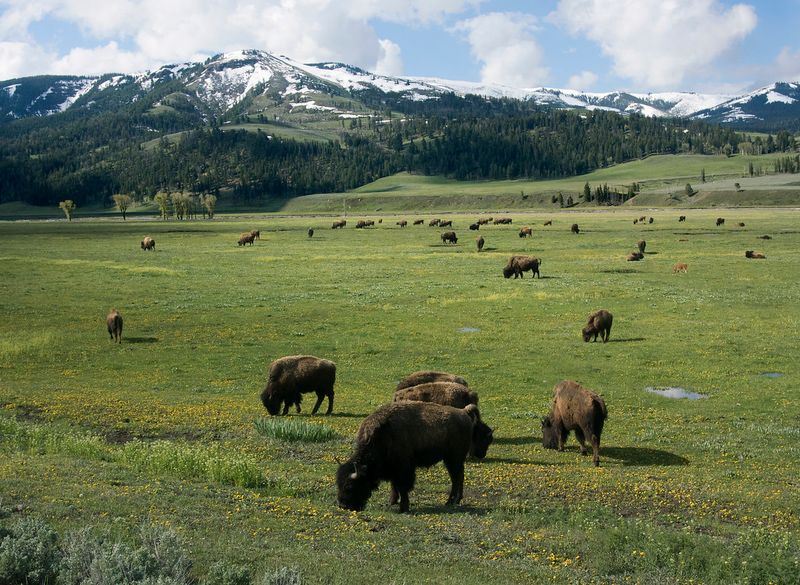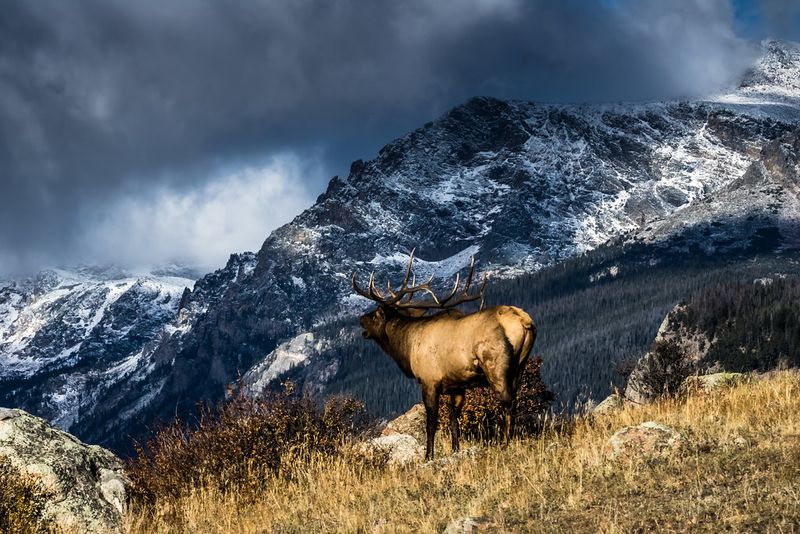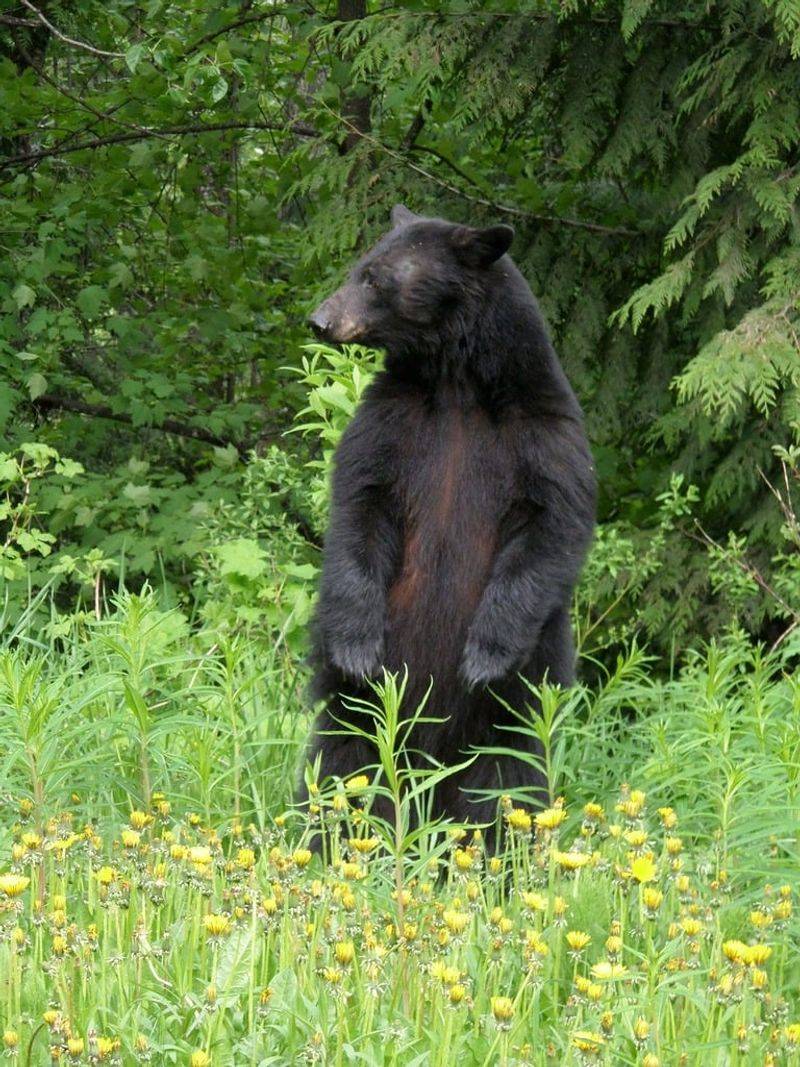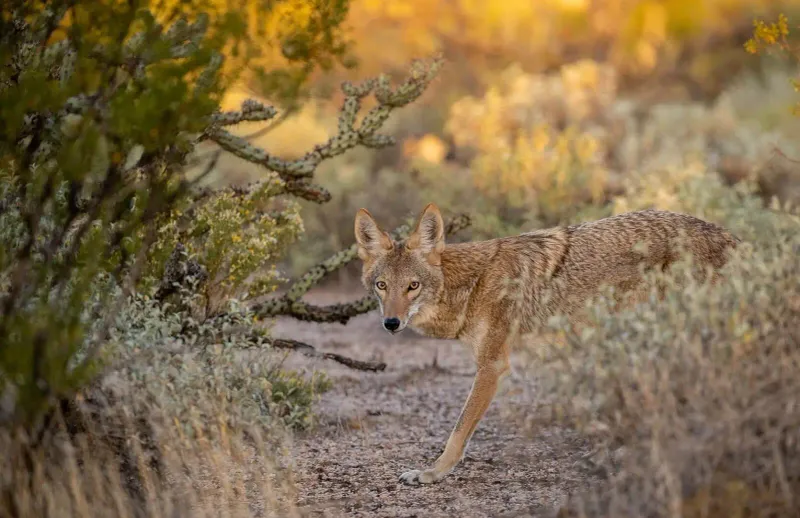Approaching wildlife in U.S. National Parks is strictly prohibited and can lead to hefty fines. The National Park Service enforces rules to protect both visitors and animals, ensuring safe and respectful interactions. These regulations are critical for preserving the natural behavior of wildlife and ensuring visitor safety. Violations of these rules can result in fines up to $5,000, emphasizing the importance of maintaining a safe distance and observing wildlife responsibly. This article explores the implications and guidelines surrounding these regulations, focusing on specific animals and circumstances.
Bison Encounters

In the vast landscapes of Yellowstone, bison roam freely, embodying the spirit of the wild. Visitors often feel tempted to get closer for a better view. However, it’s crucial to maintain a safe distance of at least 25 yards. Bison are unpredictable and can charge at a moment’s notice. Observing from afar with binoculars offers a safe alternative. These majestic creatures are best admired without interference. Approaching them not only endangers you but also disrupts their natural behavior.
The Lone Wolf

Wolves, often seen as the enigmatic rulers of the wild, deserve respect and distance. In Denali, a lone wolf may capture your attention with its haunting howl. It’s vital to stay at least 100 yards away. These creatures are shy yet powerful, preferring solitude. Intruding disrupts their natural hunting and social behaviors. Using a camera’s zoom lens can capture their essence without intrusion. Wolves play a critical role in the ecosystem, and respecting their space ensures they thrive.
Elk at Dawn

At the break of dawn, the sight of elk grazing in the misty meadows of Rocky Mountain National Park is mesmerizing. These creatures, with their grand antlers, require a safe viewing distance of 25 yards. Approaching elk can lead to stress and aggression, particularly during the rutting season. Enjoying their presence through binoculars preserves the beauty of the moment. Elk are an integral part of the park’s charm, and respecting their space allows them to thrive undisturbed.
Bear Encounters

In the heart of the Great Smoky Mountains, spotting a black bear is both thrilling and daunting. These solitary animals demand a viewing distance of 100 yards. Bears, while seemingly gentle, can become defensive if approached. Observing from a distance prevents potential danger and preserves their natural behavior. Bears contribute significantly to the park’s ecosystem, and maintaining a respectful distance ensures their safety and ours. Binoculars or a camera’s zoom can offer a closer look safely.
Coyotes in the Shadows

As shadows lengthen in Joshua Tree, coyotes emerge, their silhouettes blending with the desert terrain. These adaptable creatures require space, with a recommended distance of 25 yards. Coyotes, while curious, can become aggressive if they feel threatened. Watching from afar ensures their natural behaviors remain undisturbed. These intelligent animals play a vital role in the park’s environment, balancing prey populations. By giving them space, we allow them to continue their essential ecological contributions.

